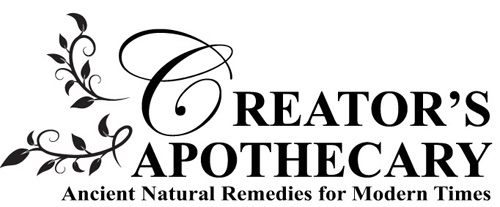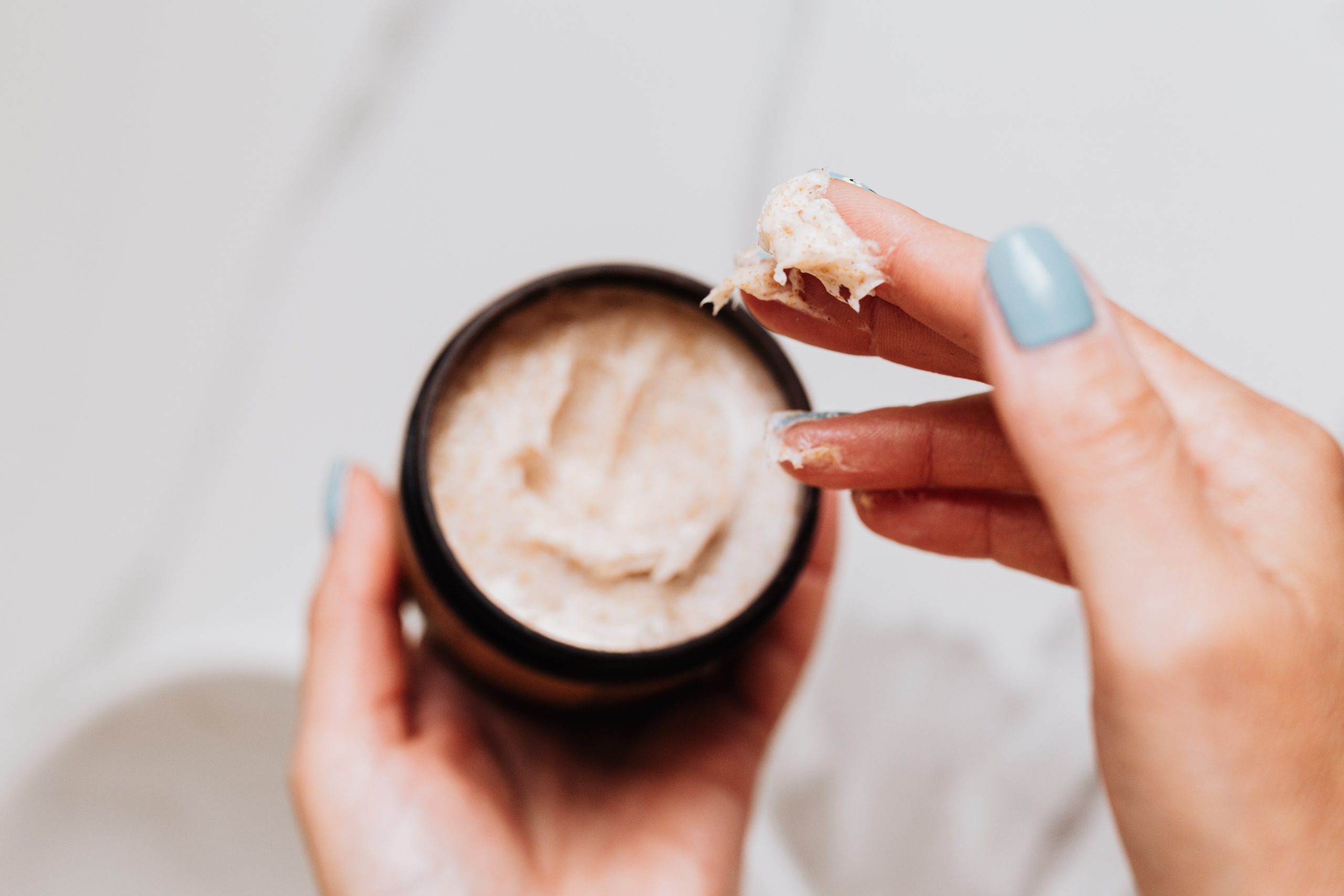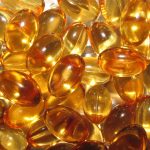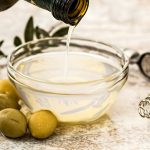A humectant is a hygroscopic (water-absorbing) substance used to keep things moist. They are used in many products, including food, cosmetics, medicines and pesticides. A humectant attracts and retains the moisture in the air nearby via absorption, drawing the water vapor into or beneath the organism’s or object’s surface.
When humectants are used in skincare products often the nearest source of moisture is from deep in the layers of skin, which may leave your skin even more dry than before. It is important that both humectants and occlusives are included to balance the formula. An occlusion will lock the moisture in the skin.
Occlusives are moisturizing agents that work by forming a protective layer on the surface of your skin and create a barrier to prevent moisture loss,” explains Olay Scientific Communications Senior Director Frauke Neuser Ph.D.. Most oils and waxy substances act as occlusives; occlusive ingredients sit on the skin as a barrier.
Below is a list of NATURAL substances that are humectants and occlusives. There are synthetic substances such as petroleum oil (vaseline) that are occlusives. However, since Creator’s Apothecary uses only natural botanicals and a variety of natural substances the list below does not contain any laboratory, man-made elements.
| Humectant | Occlusive |
| Castor Oil | Castor Oil |
| Jojoba Oil | Jojoba Oil |
| Olive Oil | Olive Oil |
| Aloe Vera Gel | |
| Argan Oil | |
| Avocado Oil | |
| Beeswax | |
| Borage Seed Oil | |
| Carnauba Wax | |
| Coconut Oil | |
| Flaxseed Oil | |
| Grapeseed Oil | |
| Honey | |
| Molasses | |
| Palm Oil | |
| Safflower Oil | |
| Seaweed | |
| Shea Butter | |
| Squalane aka Squalene | |
| Tamanu Oil | |
| Vegetable Glycerine |
Other NON-ORGANIC humectant and occlusives include:
Mineral oil and petrolatum are two of the most effective occlusive ingredients, but they are byproducts of gasoline production, so there are questions concerning their impact on human health and the environment.
Silicones are widely-used cosmetic ingredients and well-known for their occlusive properties. They also deliver shine and slickness to skin’s surface.
Lanolin, also called wool yolk, wool wax, or wool grease, is a wax secreted by the sebaceous glands of wool-bearing animals. Lanolin used by humans comes from domestic sheep breeds that are raised specifically for their wool. Lanolin is both an occlusive and emollient. As a result, you’ll find this animal-sourced ingredient in many lotions and cosmetic products. Be advised, lanolin can irritate skin or cause reactions in people with sensitive skin or allergies.
Hyaluronic acid, used as a humectant, is often produced by fermenting certain types of bacteria. Rooster combs (the red, Mohawk-like growth on top of a rooster’s head and face) are also a common source. Created in laboratories, Hyaluronic acid is primarily used in wrinkle treatment products. It’s often combined with vitamin C to help lubricate dry skin.
Animal-derived glycerin, used as a humectant, can be found in various cleansing and moisturizing products for your skin.
Urea, is is excreted in urine, is a colorless crystalline compound which is the main nitrogenous breakdown product of protein metabolism in mammals. Urea, considered a humectant, is recommended for extremely dry skin. However, you shouldn’t apply it to cracked or broken skin, since it can have stinging effects. Urea is a by-product of urine of mammals. Mammals are a warm-blooded vertebrate animal of a class that is distinguished by the possession of hair or fur, the secretion of milk by females for the nourishment of the young, and (typically) the birth of live young. Not sure I want this on my face, arms, legs and other body parts.
Grace to you and peace from God our Father and the Lord Jesus Christ. Philippians 1:2
Til next time,





